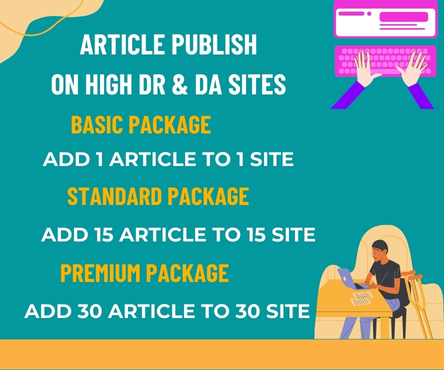Playgrounds have long been seen as spaces for children to play and have fun, but their benefits extend far beyond entertainment. Playground equipment plays a crucial role in promoting physical health by encouraging movement, improving coordination, and fostering physical development. Whether in schools, parks, or community centers, these spaces can be designed to support children’s growth, enhance their physical fitness, and instill lifelong habits of active living. Meet here playground equipment suppliers
One of the primary ways playground equipment supports physical health is by encouraging physical activity. In an era where many children spend large amounts of time indoors, often engaging with screens, playgrounds offer an opportunity to get outside and move. Climbing structures, swings, slides, and balance beams motivate children to engage in cardiovascular activities, strengthen muscles, and develop their coordination. Regular physical activity in early childhood helps build a foundation for overall health, reduces the risk of obesity, and promotes a strong immune system.
Climbing frames and jungle gyms are particularly effective in promoting strength and endurance. These structures challenge children to use their arms, legs, and core muscles, which improves muscular strength and stamina. Additionally, they foster fine and gross motor skills as children learn to balance, jump, and coordinate their movements. These exercises enhance both agility and stability, skills that are beneficial not only for playground play but also for daily activities.
Swings also provide great physical benefits. As children pump their legs to swing higher, they engage in lower-body strength development. The repetitive motion of swinging helps enhance balance and coordination. Moreover, swings offer a sensory experience that can aid in spatial awareness and contribute to vestibular development, which is important for cognitive functioning and motor skills.
Slides and other similar playground structures are fantastic tools for building spatial awareness and encouraging children to take risks safely. As children climb to the top of a slide, they exercise their legs, arms, and core muscles, learning to assess distances and manage their movement. Sliding down helps them practice timing and control while strengthening their reflexes.
Playground equipment also offers an environment for social interaction, which can have indirect benefits for physical health. Group games, like tag or cooperative play on a see-saw, encourage children to run, jump, and move in ways they might not do alone. These activities promote cardiovascular health and muscular endurance while also teaching teamwork, cooperation, and communication—skills that are important for well-rounded development.
Importantly, playgrounds are accessible spaces that foster inclusivity and can be designed to cater to children with various physical abilities. Inclusive playgrounds include equipment that allows children with disabilities to engage in physical activity, whether through wheelchair-accessible ramps, adaptive swings, or sensory play panels. This ensures that all children can benefit from the physical and social benefits of outdoor play.
To maximize the health benefits, it’s essential for playground equipment to be well-designed and maintained. Safe, high-quality equipment with age-appropriate features minimizes the risk of injury and ensures that children can enjoy themselves without unnecessary danger. Additionally, incorporating a variety of equipment—such as climbing walls, balance boards, tunnels, and spinning wheels—can engage different muscle groups and keep children motivated to keep playing and moving.
In conclusion, playground equipment is more than just a recreational tool; it is a key element in promoting physical health. By offering a variety of activities that challenge children’s strength, coordination, balance, and endurance, playgrounds play a significant role in fostering healthy habits and a love for physical activity. These benefits not only improve children’s physical health in the short term but also set the stage for active lifestyles throughout their lives.

